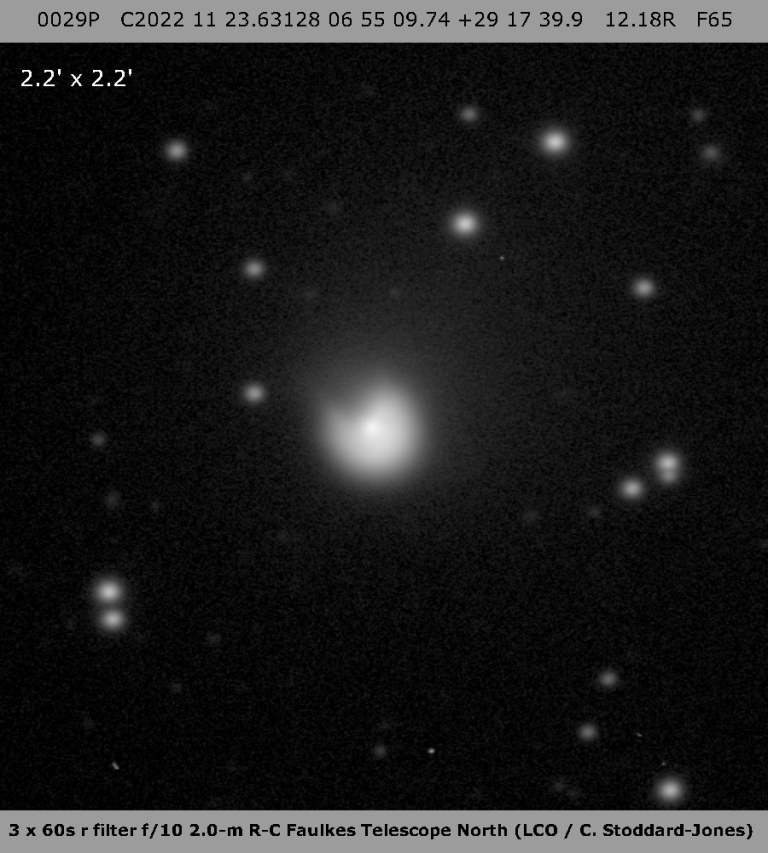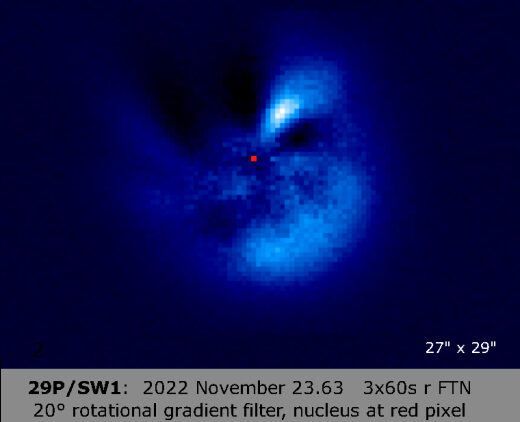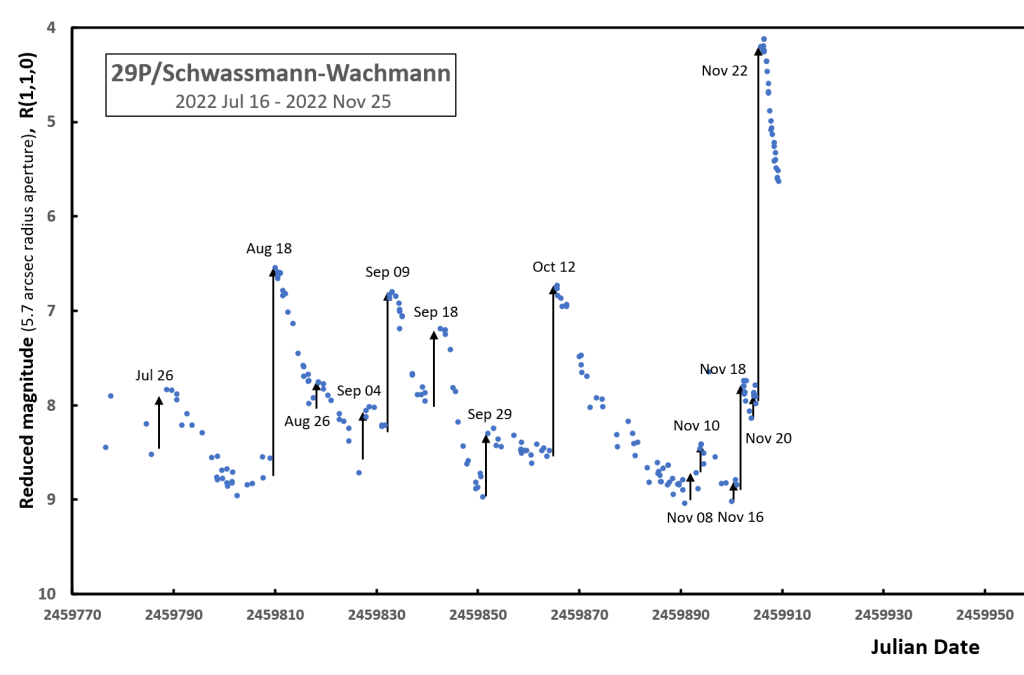OF THE
TIMES
I've had enough of someone else's propaganda. I'm for truth, no matter who tells it. I'm for justice, no matter who it's for or against. I'm a human being first and foremost, and as such I am for whoever and whatever benefits humanity as a whole.
I think we could easily pick on driver's in pick up trucks. Either they are young guys acting tough or slow pokes that don't know how to use the...
Let's stop kidding ourselves author. Every mono-parent child is a violated, tramatized child. Not saying that forever-together parents are a sure...
Rough day for NYC. Tinnitus?!
Boeing 767 lost a sliding door, Delta back to NYC [Link] God didn't agree with the dumbfuck judge for weinstein. LOL [Link]
This is cool. Would be nice to see an aurora, we don't see them very often here.
To submit an article for publication, see our Submission Guidelines
Reader comments do not necessarily reflect the views of the volunteers, editors, and directors of SOTT.net or the Quantum Future Group.
Some icons on this site were created by: Afterglow, Aha-Soft, AntialiasFactory, artdesigner.lv, Artura, DailyOverview, Everaldo, GraphicsFuel, IconFactory, Iconka, IconShock, Icons-Land, i-love-icons, KDE-look.org, Klukeart, mugenb16, Map Icons Collection, PetshopBoxStudio, VisualPharm, wbeiruti, WebIconset
Powered by PikaJS 🐁 and In·Site
Original content © 2002-2024 by Sott.net/Signs of the Times. See: FAIR USE NOTICE



Comment: See also: